A coffee maker, a robot vacuum cleaner, a smart washing machine or a wastebasket are what people dream of now. They think that these things will make life easier. What if you imagine life without the usual technology that is in every home?
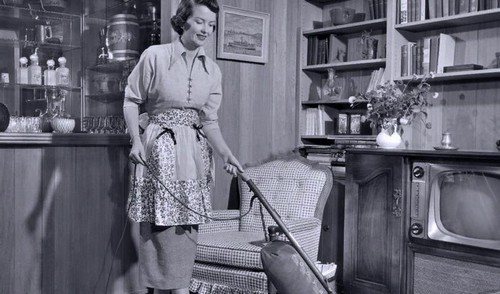
People rarely think about how much household appliances can make life easier. When there are electronic assistants in the house, it is impossible to understand how much time household chores can take up. Housewives in the USSR knew how much work and time needed to be spent on household chores. What household appliances did they dream of?
Washing machine
If the family is large and has small children, then washing can turn into a hobby. It will take up all your free time, although it is unlikely to bring you any pleasure. While underwear, T-shirts, and socks can be washed by hand, when it comes to sheets and duvet covers, washing becomes even more of a challenge.
Therefore, all women in the USSR wanted to get a washing machine into their home. The first American models appeared on the market in the 1920s. Their cost was equal to a month's salary, and it was almost impossible to find them. The models were primitive: without draining or heating water. But it was better than washing everything by hand.
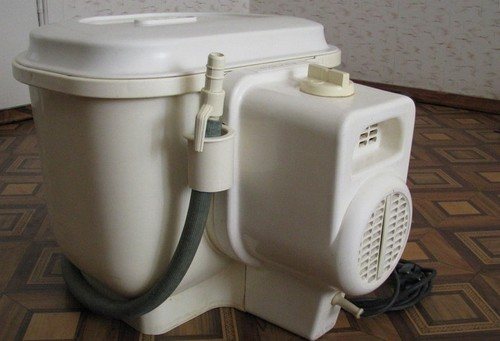
Vacuum cleaner
Vacuum cleaners came onto the market in the 1950s. They made cleaning the house much easier. At a relatively low price - half the monthly income - Soviet families could afford them. But the problem was their shortage.
Vacuum cleaners were produced in small volumes: in the 50s, only 130 thousand copies were produced annually. This number increased to 1.5 million pieces only by the 70s. Therefore, women had to wait until mass production began, and in the meantime make do with a broom.
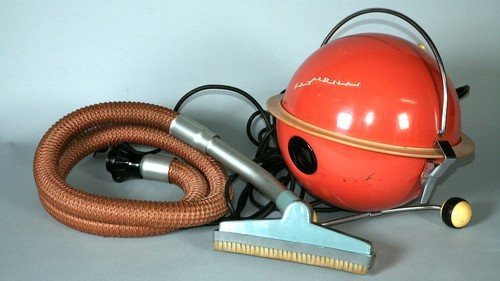
TV
Not only Soviet women, but also all members of society dreamed of this technological miracle. TV seemed something magical and exciting. True, the first televisions in the USSR had little in common with what people see now in their homes.
The first copies appeared in the 30s, but mass distribution and high demand appeared after 1950. A TV cost as much as two monthly salaries, so many families could only dream of a black and white screen. Even in the 70s, only 60% of the country's population had these devices.
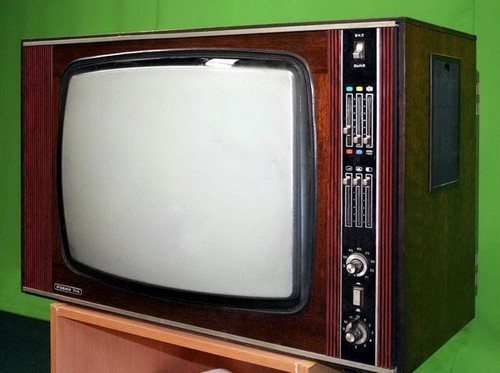
Fridge
Storing food caused headaches for Soviet housewives. They had to prepare fresh food every day because there was nowhere to store it. Refrigerators were in short supply until the 70s.
Their cost was equal to two monthly salaries, and the quantity was not enough for all the inhabitants of the USSR. In 1970, 34% of households had these household appliances. Only in the 80s were women in the Soviet Union able to relax and allow themselves to cook once every two days, because the refrigerator was no longer in short supply.
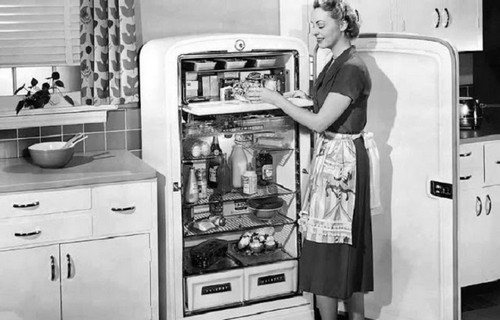
Modern people find it difficult to understand how a refrigerator or an electric kettle makes life easier. Only grandmothers who spent their youth on household chores can understand this.









